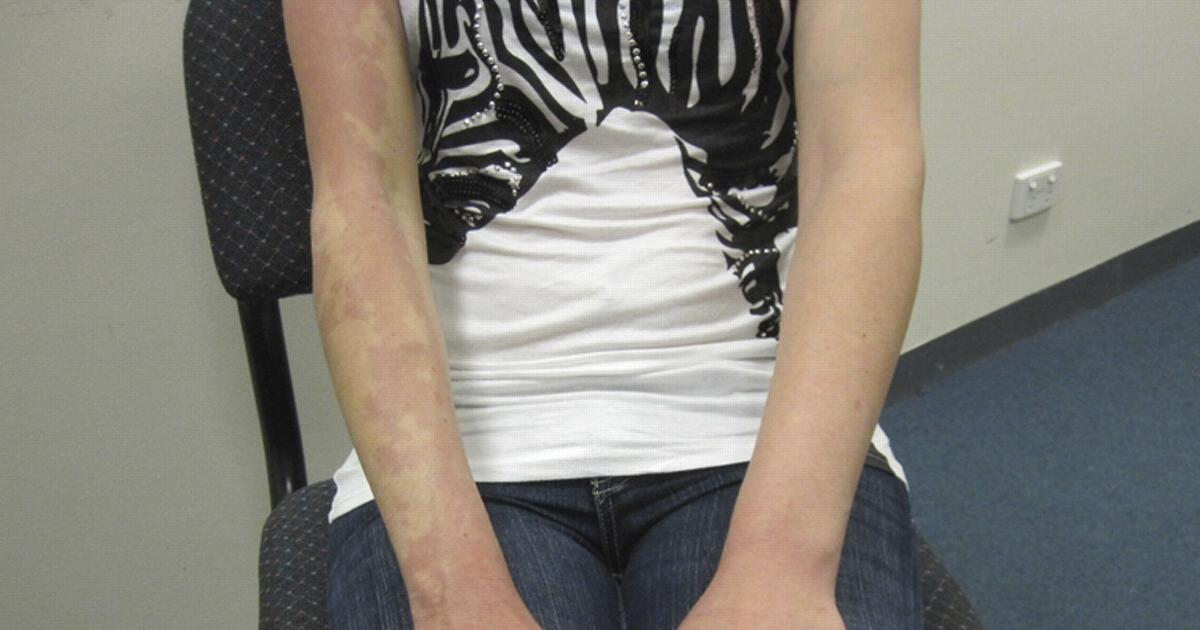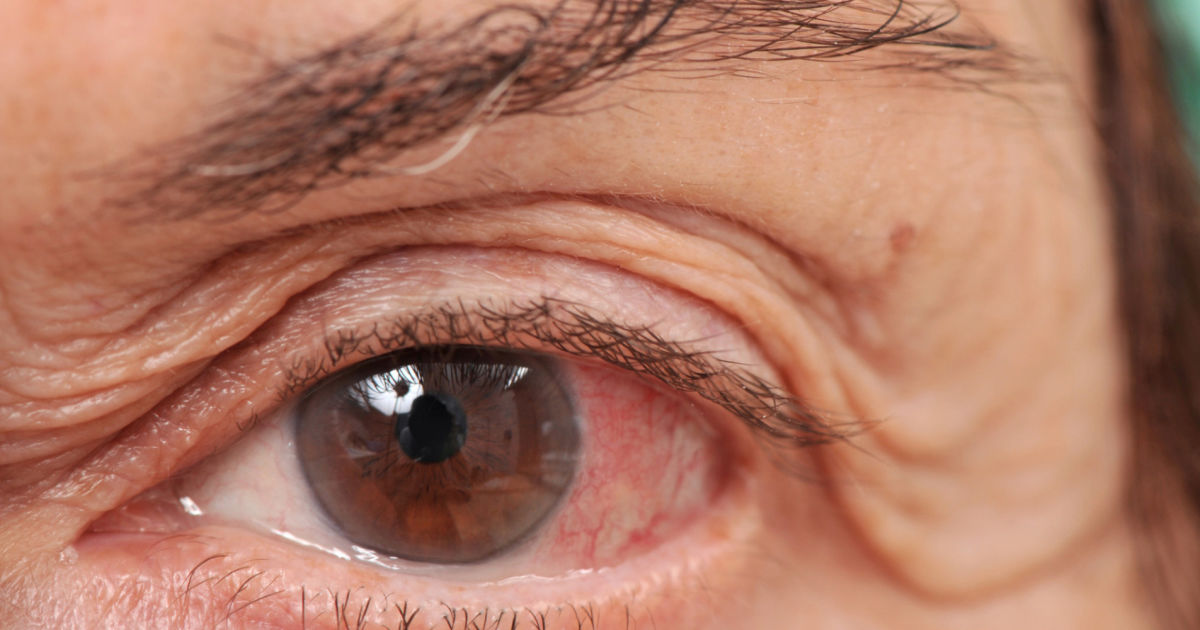Common Causes And Complications Of A Port Wine Stain
Klippel-Trenaunay Syndrome

Klippel-Trenaunay syndrome is a genetic condition that produces changes in blood vessels, bones, and soft tissues such as muscles and skin. Patients with the syndrome typically have varicose veins, an abnormal overgrowth of both bones and soft tissues, and a port-wine stain that covers part of a limb. The overgrowth of bones and soft tissues usually impacts one of the patient's legs, but it may occasionally affect their arms. In rare instances, the torso could be impacted. The area impacted by the overgrowth could feel heavy and painful, and there is generally a reduction in the range of motion at the affected site. If a leg is affected, it could become more than two centimeters longer than the unaffected leg, and this might result in difficulties with walking. Doctors may recommend duplex scanning, MRI scans, and a scanogram to evaluate the blood vessels and bones. Surgery might be necessary to correct an overgrowth in a leg, and patients often benefit from laser therapy and epiphysiodesis.
Learn about major complications of port-wine stains now.
Glaucoma

Patients who have a port-wine stain on the face or near the eyelid are at an increased risk of developing glaucoma. This eye condition elevates the pressure inside of the eyes, and it can lead to vision loss if left untreated. While it is possible to have glaucoma in both eyes, patients with port-wine stains tend to develop glaucoma in the eye closest to the birthmark. Patients who have port-wine stains should have regular eye exams with an ophthalmologist or optometrist to monitor their eye pressure and vision. During the exam, the doctor will check the patient's visual acuity, and they will also measure the pressure in both eyes. The measurements can be taken with a machine called a non-contact tonometer. This instrument emits a puff of air that flattens the cornea, and the machine measures how much resistance is present. Normal eye pressure measurements range from twelve to twenty-one, and the average eye pressure is fifteen. To reduce elevated eye pressure, doctors often begin by prescribing medicated eye drops such as beta-blockers, prostaglandins, and alpha-adrenergic agonists. Oral medications such as carbonic anhydrase inhibitors may be prescribed if eye pressure does not improve with eye drops alone. Patients who have open-angle glaucoma can sometimes be treated with laser therapy, and surgical procedures such as filtering and drainage tube insertion could be considered.
Continue to reveal more complications of port-wine stains now.
